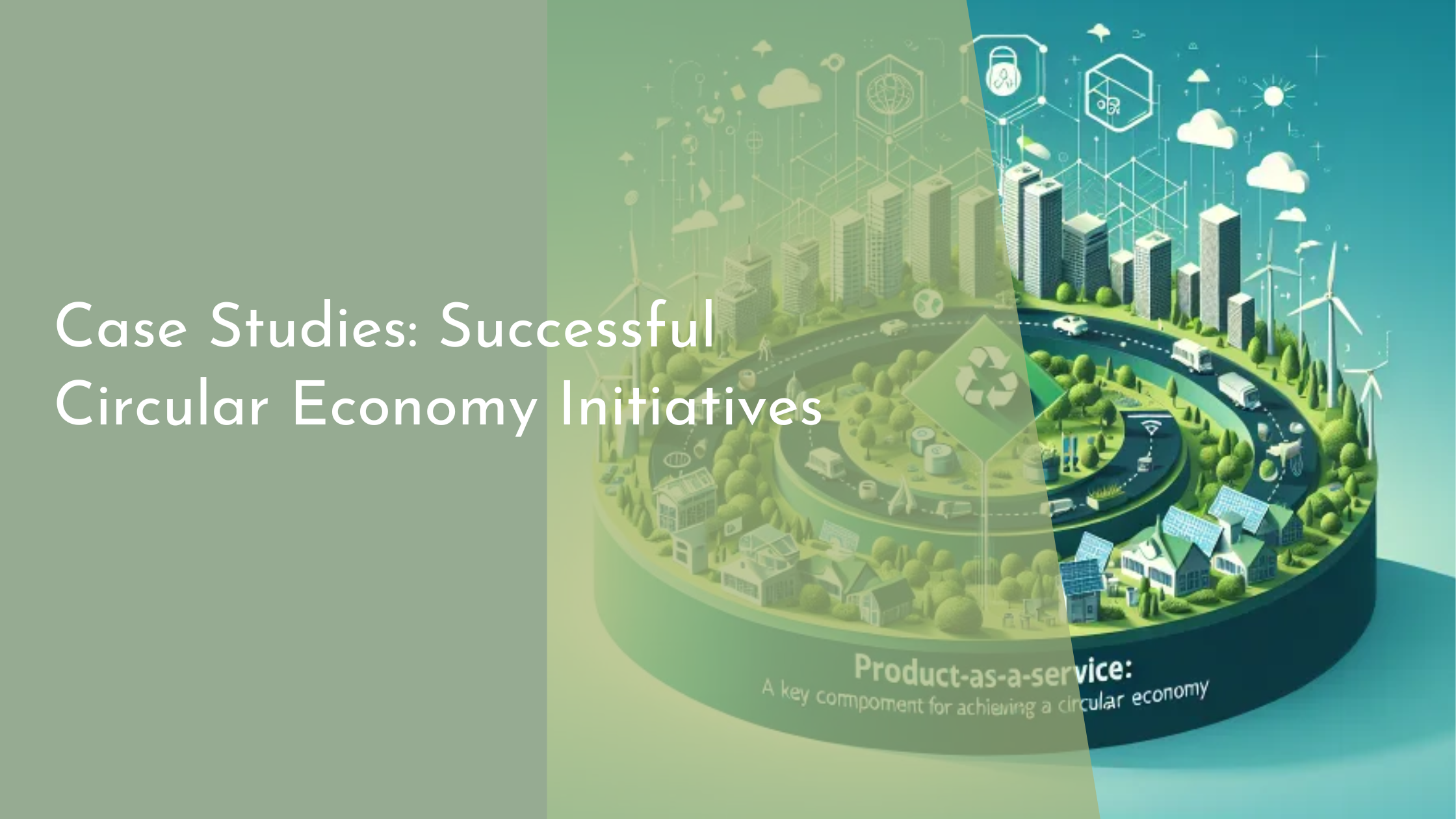Case Studies: Successful Circular Economy Initiatives
In recent years, the concept of a circular economy has gained considerable attention as a sustainable alternative to the traditional linear economic model. By prioritizing the reduction of waste, the reuse of materials, and the regeneration of natural systems, the circular economy aims to create a more sustainable and resilient future. This article explores successful case studies of circular economy initiatives worldwide, highlighting innovative approaches and community-driven success stories that exemplify the potential of circular practices.
Understanding Circular Economy Principles
The circular economy is built upon three fundamental principles: designing out waste and pollution, keeping products and materials in use, and regenerating natural systems. This approach contrasts starkly with the conventional linear economy, which follows a ‘take-make-dispose’ model. By reimagining product life cycles, businesses and communities can minimize their environmental footprint. These principles encourage innovation in product design, supply chain management, and consumer engagement, ultimately leading to a more sustainable economy.
In practice, a circular economy requires a systemic change across industries and communities. It involves rethinking how we produce and consume goods, with an emphasis on extending product lifespans and promoting renewable resources. Successful case studies often showcase companies and communities that have embraced these principles, demonstrating that economic growth and environmental stewardship can go hand in hand. By adopting circular economy principles, stakeholders can achieve a balance between economic competitiveness and environmental responsibility.
Innovative Approaches to Resource Management
One of the most notable examples of innovative resource management in the circular economy is the Ellen MacArthur Foundation’s collaboration with major companies to redesign packaging. By creating a circular economy for plastics, the foundation has worked with businesses to develop reusable or recyclable packaging, reducing waste and promoting responsible consumption. This initiative emphasizes the importance of collaboration, innovation, and leadership in transitioning to a circular economy.
Another innovative approach is IKEA’s commitment to becoming a fully circular business by 2030. The global furniture giant has pledged to use only renewable and recycled materials in its products, ensuring that they can be easily repurposed or recycled. By redesigning products for longevity and recyclability, IKEA is setting a powerful example of how large-scale companies can drive circular economy practices. Through its circular initiatives, IKEA aims to decouple economic growth from resource consumption, showcasing a viable path toward a more sustainable future.
Community-Driven Circular Economy Success Stories
On a community level, Amsterdam has emerged as a pioneer in circular economy practices. The city’s Circular Innovation Program focuses on local initiatives that promote circularity in sectors such as construction, food, and textiles. By engaging residents, businesses, and local governments, Amsterdam has created a collaborative environment that fosters innovation and resource efficiency. This community-driven approach demonstrates that local engagement is vital to the successful implementation of circular economy practices.
Another inspiring example is the Zero Waste Scotland initiative, which works with communities to reduce waste, promote recycling, and implement sustainable practices. The program provides resources, support, and funding to help local projects achieve their sustainability goals. By empowering communities to take ownership of their environmental impact, Zero Waste Scotland has created a network of grassroots organizations that are leading the way toward a circular economy. These community-driven success stories highlight the importance of local action and collaboration in building a more sustainable world.
Concluding Thoughts on a Sustainable Future
The success of these circular economy case studies indicates that a sustainable future is possible when businesses, communities, and governments work together toward common goals. By embracing circular economy principles, stakeholders can reduce waste, conserve resources, and regenerate natural systems, creating a more resilient and prosperous world. The examples highlighted in this article demonstrate the transformative potential of circular practices, offering hope and inspiration for a sustainable future.
As we move forward, it is crucial to continue fostering innovation, collaboration, and community engagement in the pursuit of a circular economy. By learning from successful case studies and scaling up effective initiatives, we can drive meaningful change and build a more sustainable society. Through commitment and collective action, we have the power to reshape our economic systems and create a healthier planet for future generations.
The shift toward a circular economy represents a significant departure from traditional economic models, offering a promising pathway to a more sustainable and equitable world. As demonstrated by successful case studies, the principles of circularity can be effectively applied across sectors and communities, leading to vast environmental and economic benefits. By continuing to prioritize innovation and collaboration, we can harness the full potential of the circular economy and pave the way for future success stories. The journey toward a circular future is a collective endeavor, and with determination and creativity, we are well-equipped to overcome challenges and embrace sustainable change.


